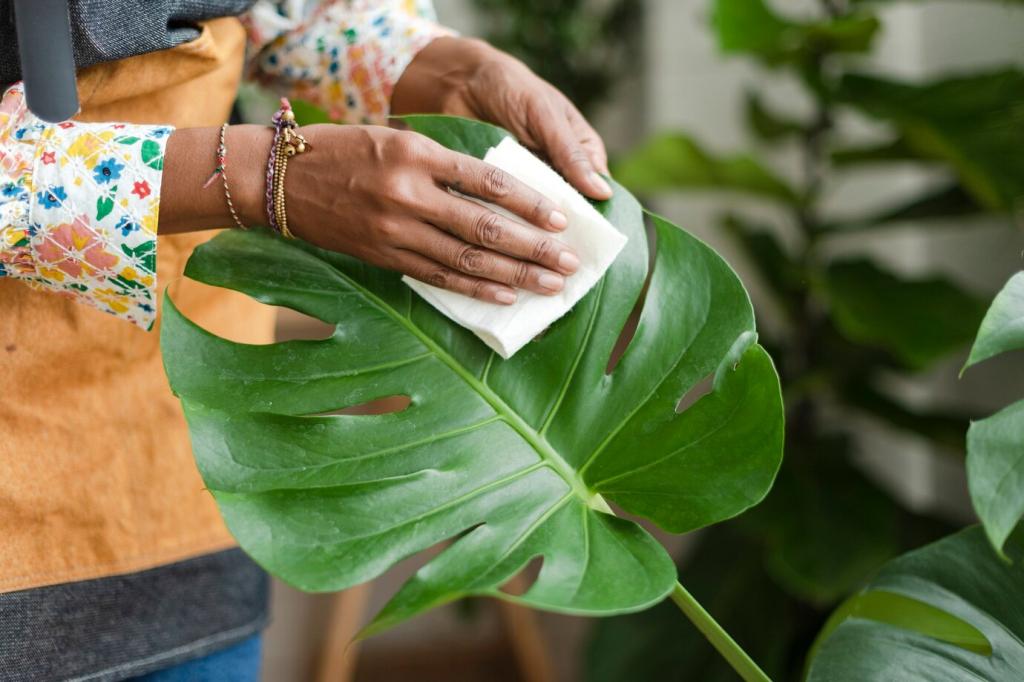Breathe Easy with Organic Dust Removal Methods
Chosen theme: Organic Dust Removal Methods. Welcome to a calm, practical guide for keeping dust at bay with simple, natural approaches that protect your air, your home, and the people you love.


Understanding Dust the Natural Way
Household dust is a shifting blend of fabric fibers, soil particles, pollen, skin cells, pet dander, and microscopic debris carried by air currents. Knowing its diverse makeup helps us choose gentle, targeted, and effective organic removal strategies.
Understanding Dust the Natural Way
Synthetic fragrances and strong solvents can leave residues that irritate lungs, trigger headaches, and cling to surfaces. Organic dust removal favors plain water, mild acids, natural oils, and mechanical capture that lift particles without adding new pollutants.

This is the heading
Lorem ipsum dolor sit amet, consectetur adipiscing elit. Ut elit tellus, luctus nec ullamcorper mattis, pulvinar dapibus leo.

This is the heading
Lorem ipsum dolor sit amet, consectetur adipiscing elit. Ut elit tellus, luctus nec ullamcorper mattis, pulvinar dapibus leo.
DIY Dust‑Trapping Recipes
Mix one part distilled white vinegar with four parts water for a featherlight mist that reduces static and helps dust cling to your cloth. Spray sparingly, never on natural stone, and always test inconspicuous areas first.
DIY Dust‑Trapping Recipes
Combine two parts olive oil with one part lemon juice for wood that resists dust and shines softly. Apply a pea-sized amount to a cloth, rub with the grain, and buff dry to avoid residue and buildup.


Room‑by‑Room Organic Strategies
Wash linens weekly in warm water, wipe headboards with a damp cotton cloth, and encase pillows to block dust. Keep nightstands clear, dust plants’ leaves gently, and air the room daily for restful, allergen‑aware sleep.
Room‑by‑Room Organic Strategies
Grease binds dust into sticky films. Use warm water with a drop of mild castile soap on cabinets and hoods, rinse with a damp cloth, then dry. Clean range filters regularly to prevent recirculating dusty vapors.


Habits, Humidity, and Airflow
Start high with shelves and frames, then move downward, letting gravity work for you. Finish with floors. A slightly damp cloth on both passes prevents scatter, making each stroke count and saving time in the long run.
After switching to damp cotton cloths and a simple vinegar mist, Emma saw fewer morning sneezes and clearer breathing. Share your wins with us, and tell others which natural tweaks brought noticeable comfort fastest.
